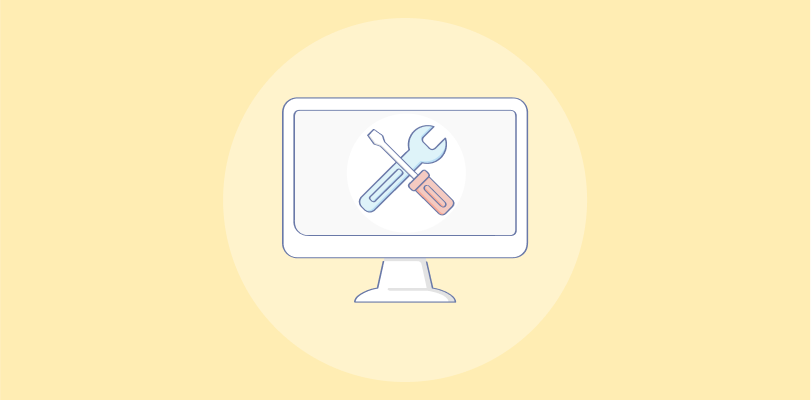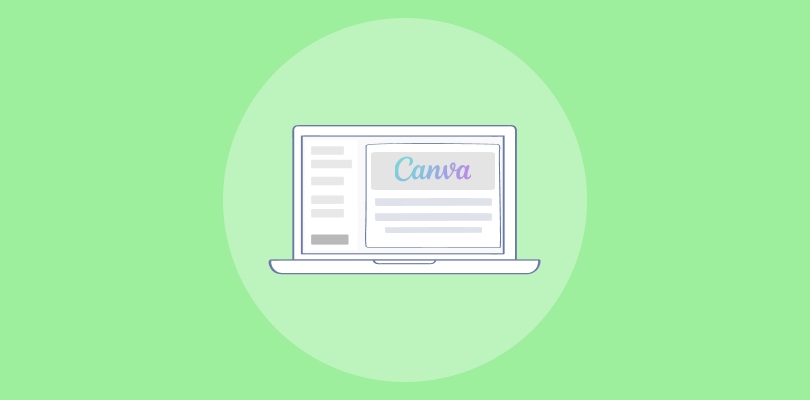In the age of TikToks and 30-second Instagram Reels, it’s easy for audiences to get bored when an online session drags on, especially during webinars.
That’s when I discovered that the line between webinar excitement and webinar exhaustion is thinner.
But what’s the ideal webinar length? And how do you keep your audience engaged throughout the entire session?
Let me help you.
With nearly a decade of experience in the webinar industry, I’ve brought this detailed guide to help you discover the best webinar length to captivate your attendees and ensure they stay till the very end.
Let’s dive in.
What is the Ideal Webinar Length?
The ideal webinar length typically ranges between 45 minutes & an hour. This duration keeps the audience engaged without overwhelming them. It allows for a 30-40 minute presentation, followed by a 10-15 minute Q&A session.
For example, if you’re presenting a product demo on a live webinar, 45 minutes gives enough time to explain key features while leaving room for questions.
For a training webinar, an hour might be ideal. But a 20-30 minute session could be more appropriate for a quick update or briefing, ensuring the audience stays attentive.
The key is to keep the content engaging and concise so the audience doesn’t lose interest. When planning the length of your webinar, always consider your target audience’s attention span.
This way, your webinar can deliver valuable information while respecting your audience’s time.
Also Read: How to Boost Audience Interest With Webinar Engagement Strategies
What Are the Factors Influencing the Webinar Length?
When planning a webinar, the length of the session is crucial because it can impact how engaged and attentive your audience remains.
Here are some factors that influence how long a webinar should be:
- Topic Complexity
The complexity of the subject determines how long your webinar should be. Simple webinar topics can be covered in shorter sessions, but more in-depth topics require extra time to explain thoroughly. If you’re rushing through complicated material, your audience might not grasp everything.
- Audience Attention Span
Most people lose focus after 45 minutes to an hour. If your webinar is long, incorporating breaks, interactive elements, or a shift in format helps keep the audience engaged. Always consider how long your audience can reasonably stay focused.
- Content Depth
The more detailed your content, the more time you’ll need. A brief overview might only take 30 minutes, but detailed presentations or training sessions will require more time to ensure everything is covered effectively without overwhelming the audience.
- Q&A Sessions
Allowing time for questions can extend the webinar length. If you expect a lot of interaction, make sure to include ample time for this at the end without cutting into your main presentation.
- Interactive Elements
Webinars with polls, discussions, or live chats tend to run longer. While these elements enhance engagement, they require extra time, so balance between delivering your content and allowing for meaningful interaction.
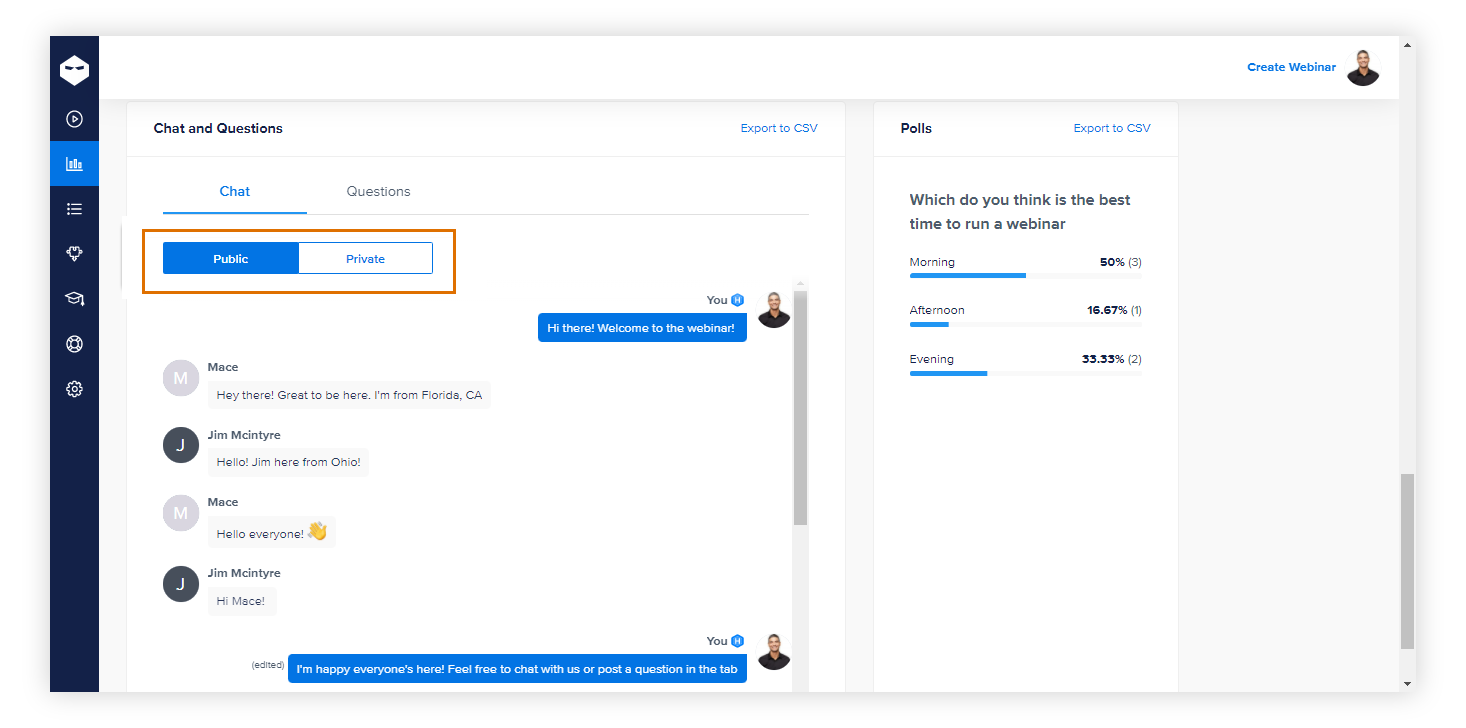
- Type of Webinar
The purpose of the webinar influences its length. Product demos or in-depth training require more time, while marketing-focused webinars are typically shorter and more concise to quickly convey the message.
- Scheduling Preferences
Consider your audience’s availability. Shorter webinars are better during work hours when people are busy, while longer ones work better in off-hours when participants can commit more time.
- Technical Setup
Multiple tools, presenters, or transitions can add to the webinar length. Plan extra time for setup and potential technical issues to keep the session running smoothly without disruptions.
Also Read: Top 10 Webinar Ideas in 2024 With Benefits and Pro Tips
What to Do After Deciding the Webinar Length?
After you’ve decided how long your webinar will be, here’s what to do next:
- Plan Your Content
After deciding the length, organize your content into sections like an introduction, main content, and Q&A. This structure helps you stay on track and covers all important points without rushing. Planning keeps your audience engaged as each part flows smoothly into the next.
- Create a Script or Outline
An outline or script acts as a roadmap for your webinar. Note key points for each section to keep focused and avoid rambling. Whether it’s a full script or just bullet points, it ensures you cover everything important and reduces the chance of forgetting anything during the session.
- Practice Your Timing
Practice delivering your content to ensure it fits within the set time. Rehearsing helps you adjust pacing, avoid rushing, and get comfortable with the material. This way, your delivery feels smooth and natural during the actual webinar.
- Prepare Visual Aids
Create simple, clear visuals like slides or graphics that support your message. Avoid overloading them with text or complex diagrams. Well-designed visuals keep your audience engaged and make it easier for them to follow along with what you’re saying.
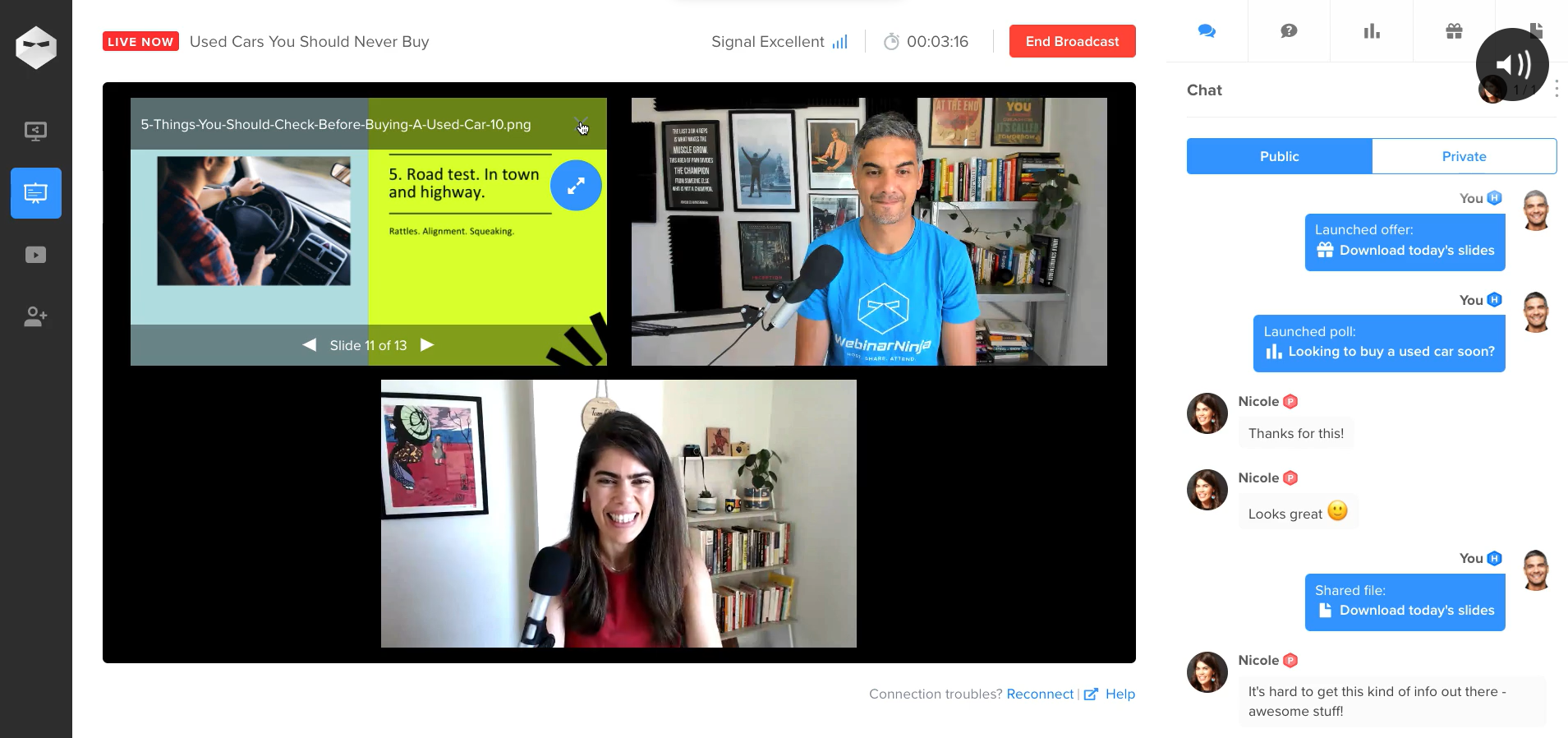
- Set Up Engagement Activities
Plan interactive moments like polls, Q&A sessions, or live chats to keep the audience engaged. These activities break up the presentation and make attendees feel involved. Engagement helps build connections and ensures the audience stays focused.
- Test Your Technology
Before going live, check that your platform, microphone, and internet connection are working smoothly. Testing prevents technical glitches that could disrupt your presentation. Familiarizing yourself with the webinar software ensures you handle everything seamlessly.
What is the Relation Between Webinar Length and Conversion Rates?
The relationship between webinar length and conversion rates is influenced by several factors, including audience engagement, content relevance, and how well the presentation aligns with the audience’s expectations.
Here’s an overview of how these elements connect:
- Optimal Length for Engagement:
Webinars typically see the highest engagement when the average webinar length is between 45 to 60 minutes. This duration provides enough time to delve into the topic without overwhelming participants. Shorter webinars (under 30 minutes) might lack depth, while longer ones (over 90 minutes) can lead to a drop in attention.
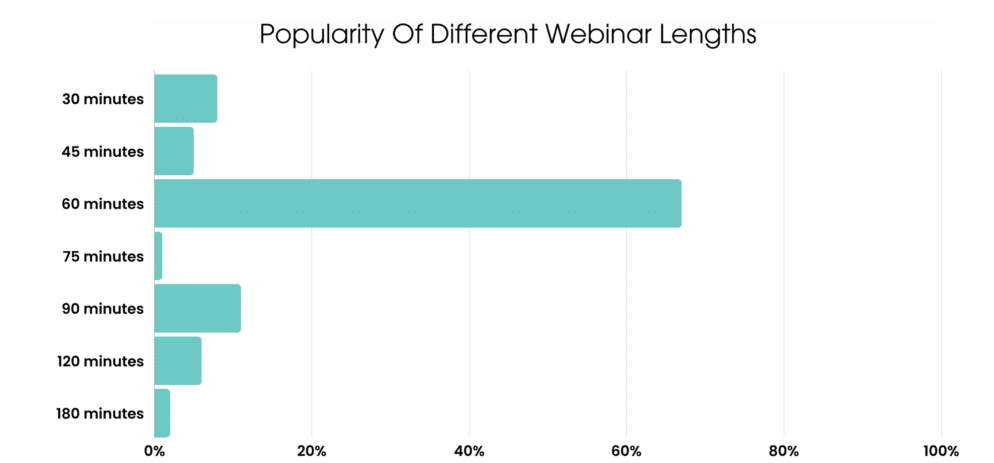
(Image Source: DemandSage)
- Attention Span and Conversion:
The longer a webinar goes, the harder it becomes to maintain viewers’ attention, directly impacting conversion rates. Drop-off rates tend to increase after the 60-minute mark, meaning fewer attendees stay until the end when the call-to-action (CTA) or conversion pitch is typically delivered.
- Timing of the Call-to-Action:
Conversion rates are often highest when the CTA is placed when the audience is most engaged. Stretching a webinar beyond its optimal length can dilute its effectiveness unless it is broken up into interactive segments to re-engage attendees.
- Audience Expectations:
Webinars should be as long as needed to deliver valuable content, but clear expectations upfront help improve conversions.
For instance, if attendees know the webinar will last for an hour and the content is engaging throughout, they are more likely to stay till the end and respond to the CTA.
- Content Quality vs. Length:
The quality of content matters more than the length. A focused, value-packed 30-minute webinar may convert better than a drawn-out 90-minute session if the latter includes too much fluff or off-topic material.
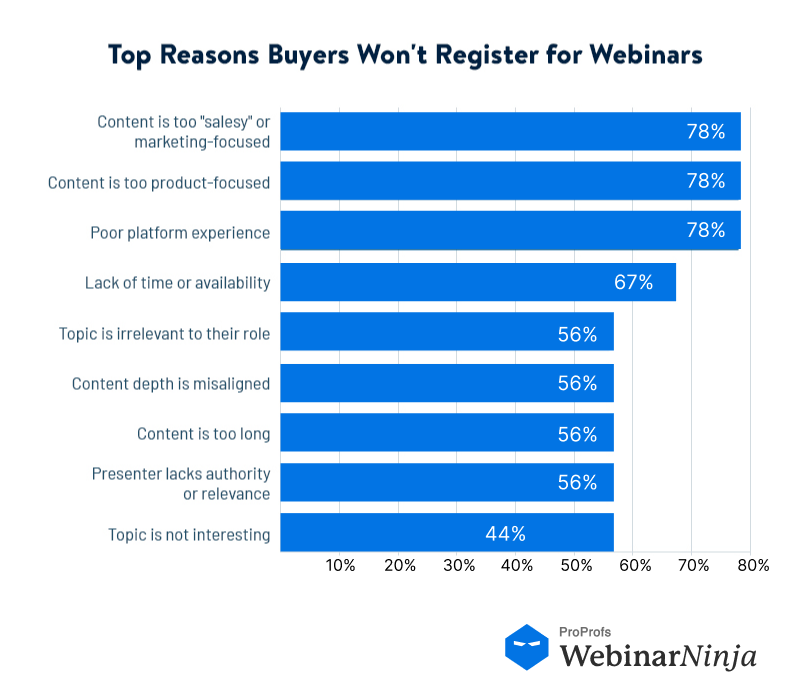
(Source: BrightTalk)
It’s crucial to deliver value quickly and maintain a tight focus to avoid losing the audience.
- Audience Interaction:
Engaging the audience through Q&A sessions, polls, or chats helps maintain interest. Webinars that include these interactive elements see higher engagement and conversion rates, even in longer sessions.
Webinar Length Secrets: Key Technical Aspects & Stats to Consider
When planning the length of a webinar, several key technical aspects and statistics can help you make informed decisions to optimize audience engagement and content delivery.
Here are some details on these aspects:
- Ideal Webinar Duration
As discussed above, the general rule for webinars is that they should last 45-60 minutes. Research on audience engagement in online settings supports this duration.
According to a study, online attention spans typically diminish after 45 minutes, making this an optimal length for maintaining viewer interest while covering content in depth.
- Audience Attention Span
According to another study, the average human attention span has dropped to 8 seconds, and maintaining attention beyond 20 minutes requires interactivity.
Therefore, it’s crucial to present the core message or hook within the first 20 minutes of a webinar to align with cognitive attention limits.
- Q&A Sessions Impact
A Research Gate study found that interactive sessions such as Q&As improve learning outcomes and engagement by 25-30% in virtual environments.
Incorporating a 10-15 minute Q&A session toward the end of your webinar not only increases participation but also helps with knowledge retention.
- Breaks for Longer Webinars
For extended sessions lasting more than 60 minutes, it’s recommended to include short breaks.
A research shows that mental fatigue sets in during long webinars requiring sustained focus, and short breaks help in maintaining cognitive function.
- On-Demand Viewership Trends
According to a report from Zippia, on-demand viewership of long-form content, including webinars, often exceeds 30 minutes. In fact, nearly 47% of webinar views occur within 10 days of the live event, emphasizing the importance of offering on-demand access to maximize engagement and reach.
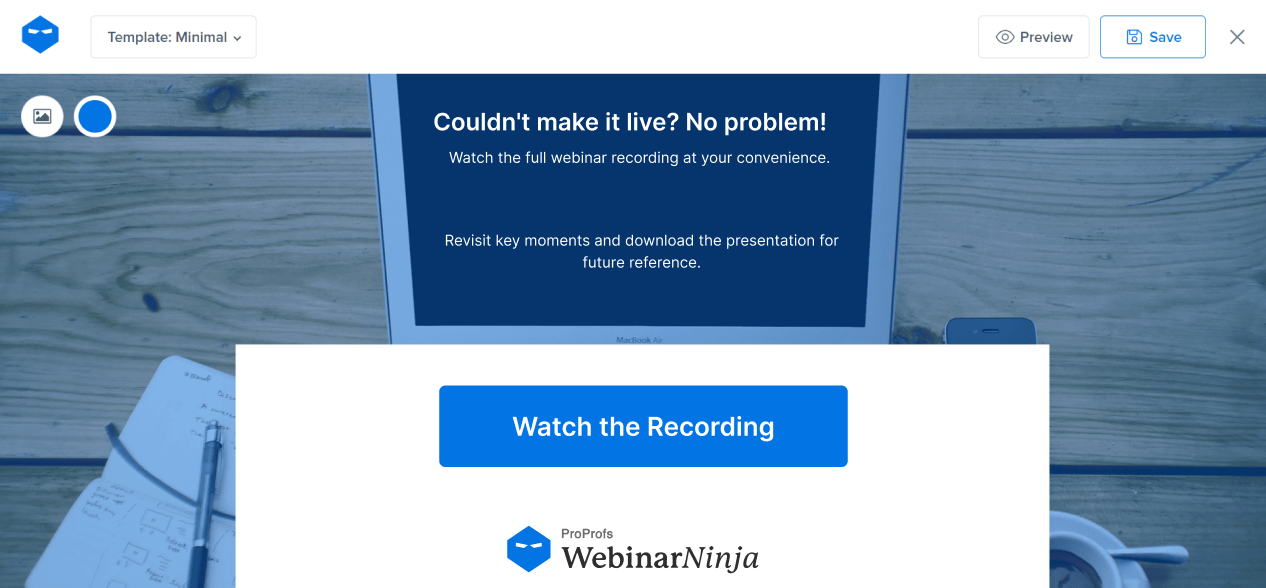
On-demand webinars provide flexibility, allowing audiences to digest longer material at their own pace, reducing overall drop-offs.
- Content Delivery Pace
A study from Virtual Presentation reveals that an effective speaking rate during virtual presentations is 100-150 words per minute.
This pace allows for pauses and better comprehension, which is crucial when dealing with complex topics or visual aids.
Also Read: What Are the Best Webinar Formats to Boost Engagement & Learning?
How to Enhance Audience Engagement in Long Webinars
Enhancing audience engagement in long webinars can be challenging, but with a strategic approach, it’s completely doable. Here’s a list of expert tips and tricks that go beyond the regular advice:
- Integrate Interactive Breaks
In long webinars, attention spans tend to wane. Instead of traditional breaks, create interactive ones—like short polls, quizzes, or live surveys that keep the audience engaged and provide a change of pace while still focusing on the topic. You can also include gamification elements like challenges or mini-games.
- Create Multiple Engagement Points
Rather than waiting until the Q&A session at the end, embed engagement prompts at regular intervals. For example, include clickable call-to-actions during different segments, invite opinions through a live chat, or ask attendees to submit questions in real-time via interactive tools. This keeps them active and invested.
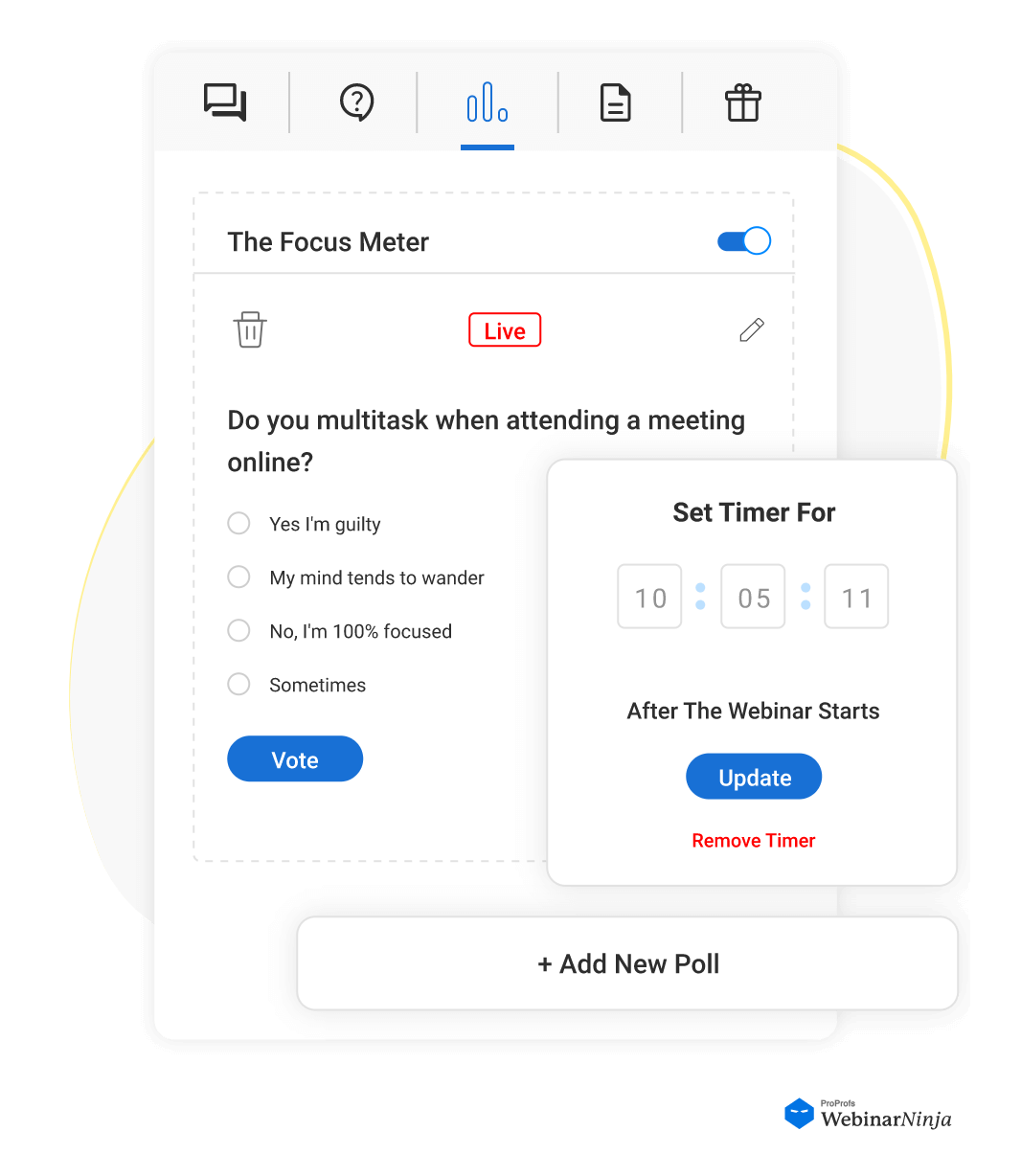
- Segment Your Content with Dynamic Transitions
Use dynamic transitions between different sections of your webinar to prevent monotony. Segments could include panel discussions, fireside chats, pre-recorded interviews, and live commentary. These transitions offer variety and make the session feel faster-paced, keeping your audience on their toes.
- Leverage Audience Contributions
One way to keep people attentive is by involving them directly. Use a “hot-seat” approach, where random attendees are spotlighted to share their input on the topic. Besides, you could crowdsource examples from the audience in real-time and incorporate them into your presentation. This adds personalization and unpredictability.
- Personalized Messaging Through AI
Use AI tools to create a personalized experience during the webinar. For instance, AI can track user behavior and interest levels and send them targeted messages like additional resources, relevant blog posts, or product recommendations based on their engagement level. Personal touches like these feel less generic and make people feel valued.
- Use Micro-Commitments
At various points in the webinar, ask your audience to perform micro-actions such as clicking to answer a quick webinar survey question, rating their understanding of a topic, or downloading a resource. These small engagements keep them mentally invested, as they require a response but don’t take too much time.
- Use a Dual-Presenter Format
A single voice droning on for hours can be fatiguing. Instead, switch things up with a dual-presenter format, where the speakers bounce ideas off each other, ask questions, and even debate points. This conversational style keeps the session dynamic and the audience more invested in the outcome of the discussion.
- Crowd-Driven Webinar Direction
Offer your audience the power to steer the direction of the webinar by allowing them to vote on which topics they want more time spent on. This method keeps the content aligned with their interests and also helps you prioritize real-time adjustments based on live feedback.
- Surprise Guests or Bonus Content
To break the predictability, consider adding surprise elements like guest speakers or unexpected bonuses. For example, towards the end of the webinar, introduce a mystery guest or give access to a hidden segment of content. Surprises are always memorable and can revitalize audience attention.
- Real-Time Networking Breakout Sessions
In long webinars, attendees may crave interaction beyond the content. Create real-time breakout rooms where participants can network with each other for short periods. This social interaction keeps them engaged and recharges their focus when the webinar resumes.
- Audience-Led Mini Demos
Flip the script by inviting selected attendees to conduct mini demos of relevant skills or tools. This peer-led approach makes the webinar feel more like a shared learning experience and helps foster a stronger connection between the audience and the content.
- Use Hype Builders with Time-Sensitive Content
Throughout the webinar, build anticipation for time-sensitive bonuses or exclusive offers that will be revealed only at certain points. Tease the audience with countdown timers for when specific valuable information or rewards will drop. This creates a “fear of missing out” that encourages attendees to stay until the end.
Drive Better Engagement With the Ideal Webinar Length
Finding the ideal length of webinars is key to maintaining audience attention and driving engagement. By understanding your audience’s preferences and delivering concise, impactful content, you can optimize your webinars for success. It’s important to strike the right balance between content depth and time to ensure attendees stay engaged throughout.
Besides, using good webinar software like WebinarNinja can also make a significant difference. It has features like live polls, Q&A sessions, automated email reminders, and real-time analytics that help boost audience interaction. These tools ensure engagement remains high, regardless of how long or short your webinar is.
Want to host a webinar for free?
Use WebinarNinja to teach, improve marketing, and grow your sales.




